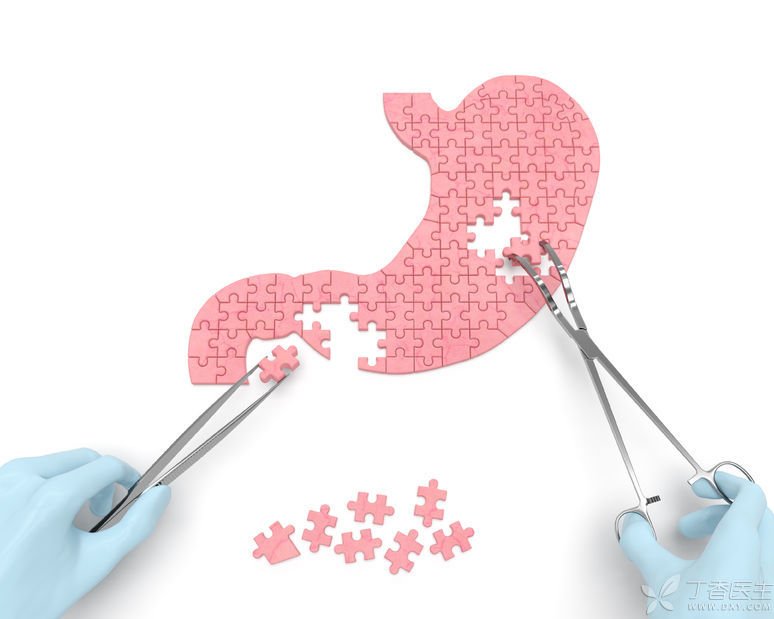
Stomachache, distension, acid regurgitation… These stomach discomfort symptoms perplex many people.
Some people went to the hospital in the first place, some chose to take painkillers to make do with it, and some even didn’t bother to take the medicine, relying on [indomitable will] to survive every time.
Stomach discomfort, how should we deal with it?
[Stomach Discomfort] Not necessarily Stomach Problem
What we usually call [gastropathy] mainly refers to most diseases related to our esophagus, stomach and duodenum.
The symptoms of these diseases are manifested in various discomforts behind the lower sternum, below the xiphoid process and in the upper abdomen.
Popular Science Tips:
The part between our chests is hard to press, and here is the sternum under the skin. The lowest end of the sternum is the xiphoid process.
In fact, there are many stomach [neighbors] near this area, such as pancreas, liver, etc.
Therefore, [stomach discomfort] may also be a manifestation of pancreatitis, hepatitis, liver tumors and other diseases.
Not only that, some other systemic diseases can also give people the illusion of [stomach discomfort].
For example, cervical vertebra diseases may cause dizziness, followed by nausea, vomiting and other discomfort symptoms, making people think that there is something wrong with their stomach.
Some psychological diseases can also cause abdominal or gastrointestinal discomfort.
Always [stomach discomfort], you may have to do these tests.
If you always feel sick in your stomach, you should go to the hospital for relevant examinations.
Step 1 Check the stomach
For stomach examination, electronic gastroscopy is recommended as the first choice.
This examination can carefully observe the mucosal conditions of esophagus, whole stomach, duodenal bulb and duodenal descending part, and can focus on some suspicious lesions.
When needed, biopsy samples can also be taken and sent for pathological examination to help diagnose the disease.
Gastroscopy, people will have a relatively strong feeling of nausea, nausea, some people worry that they can’t accept it, how to do? Painless electronic gastroscope is a good choice.
In addition, other examinations such as capsule gastroscope, upper digestive tract radiography, ultrasonic gastric radiography and upper abdominal CT with hypotonic drinking water can also be selected.
However, they are not as accurate as electronic gastroscopy.
Moreover, if suspicious lesions are found through these examinations, electronic gastroscopy is required when necessary in order to make a definite diagnosis.
2. Check the stomach [neighbor]
Sometimes, it is necessary to check whether there is a problem with the [neighbor] of the stomach, which requires liver, gallbladder, pancreas and spleen color Doppler ultrasound, blood routine, liver function, stool routine, colonoscopy and other examinations.
